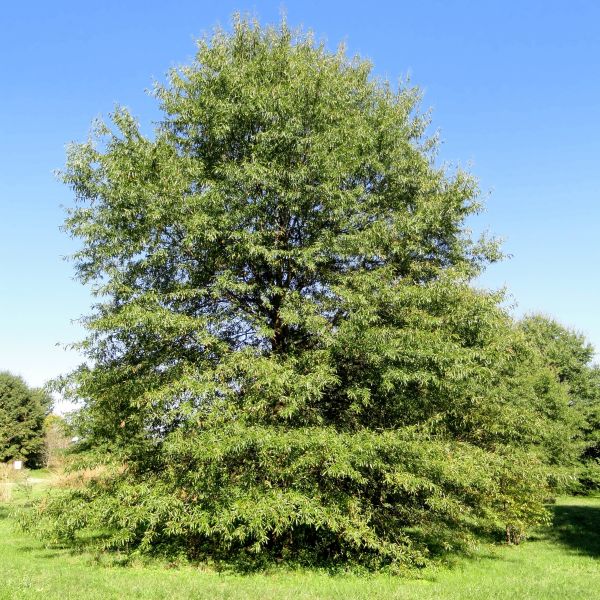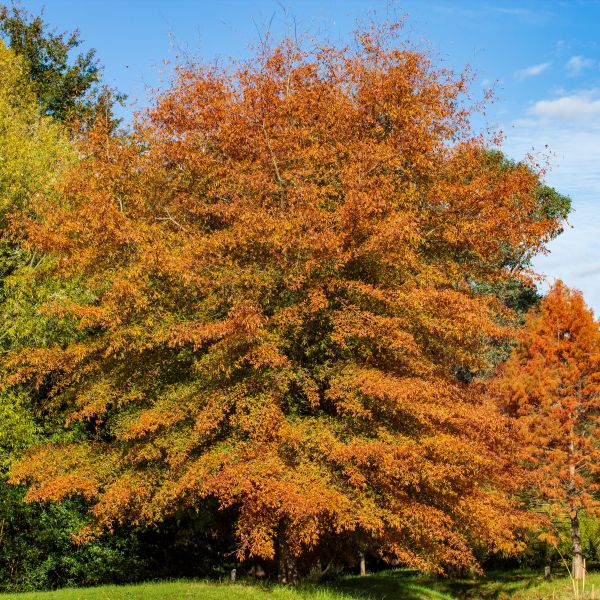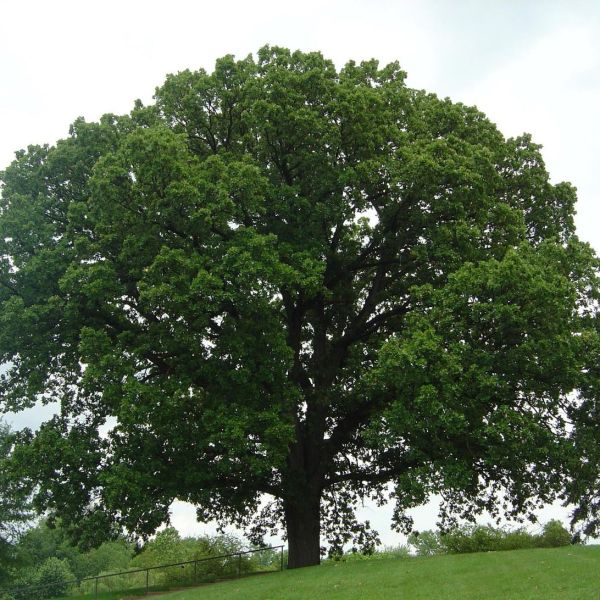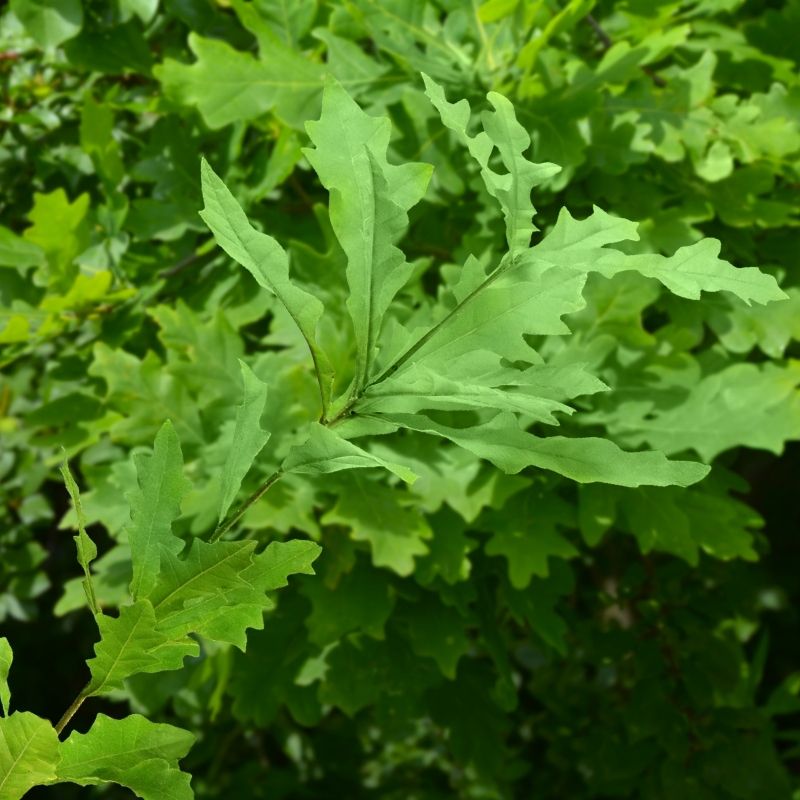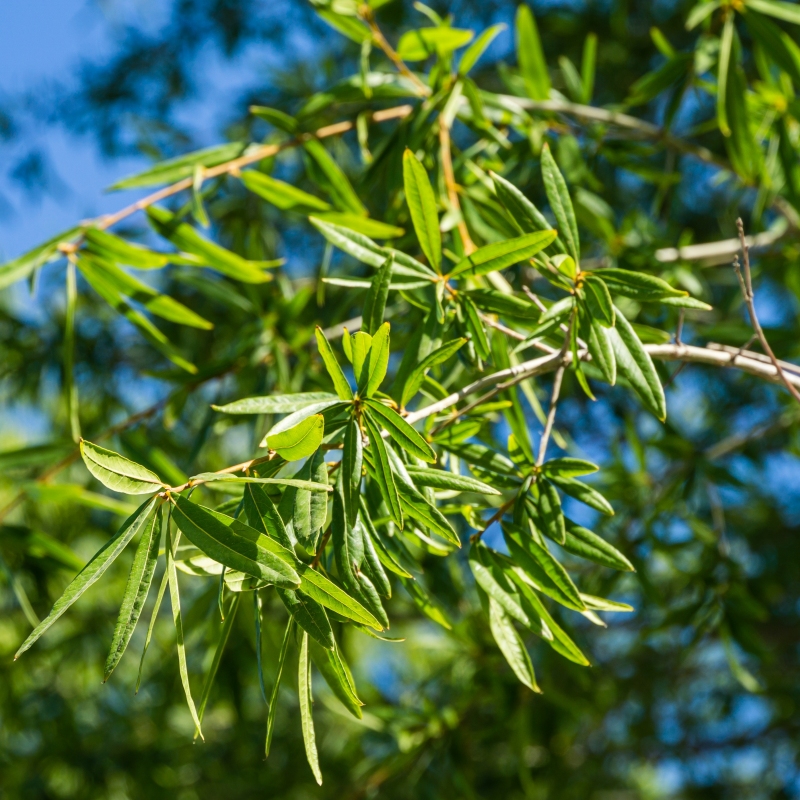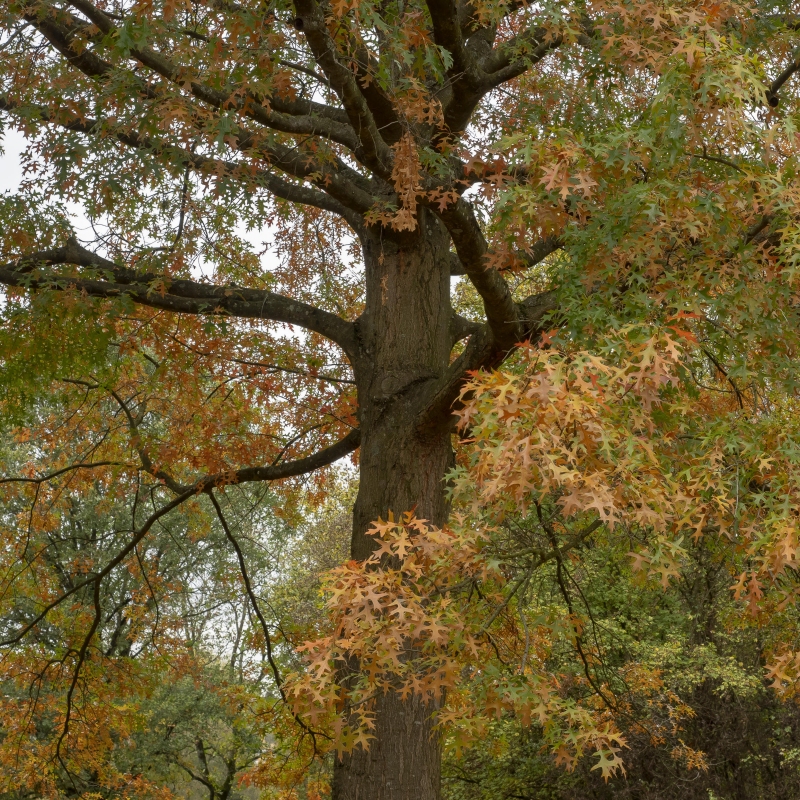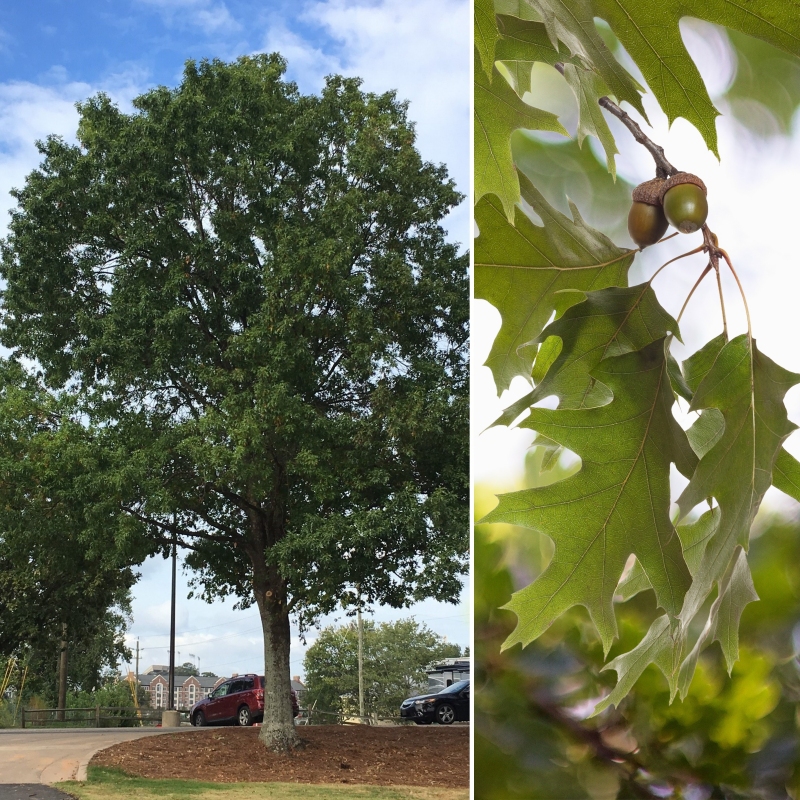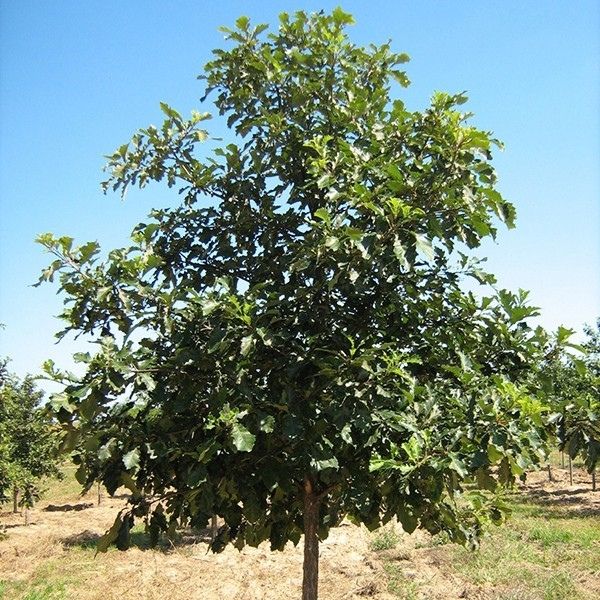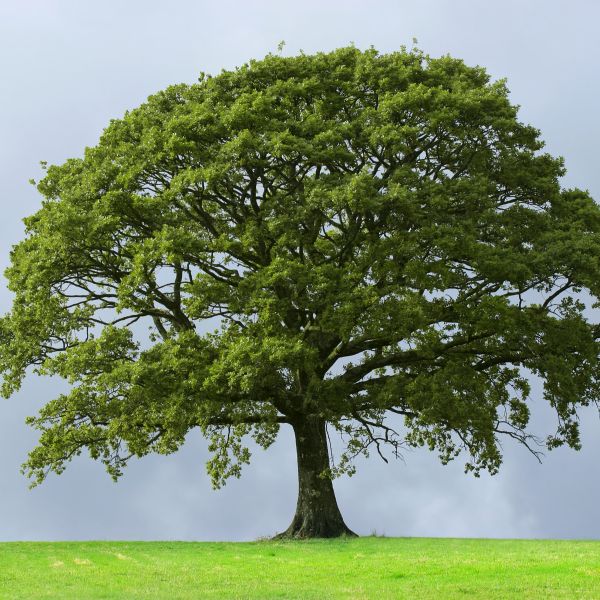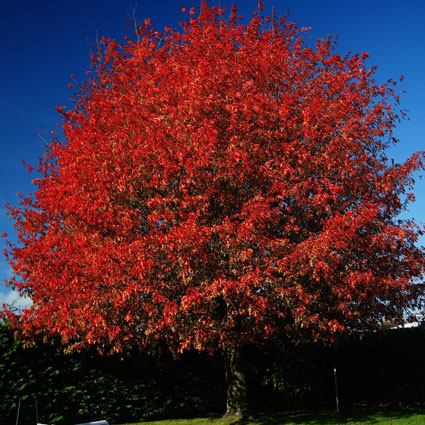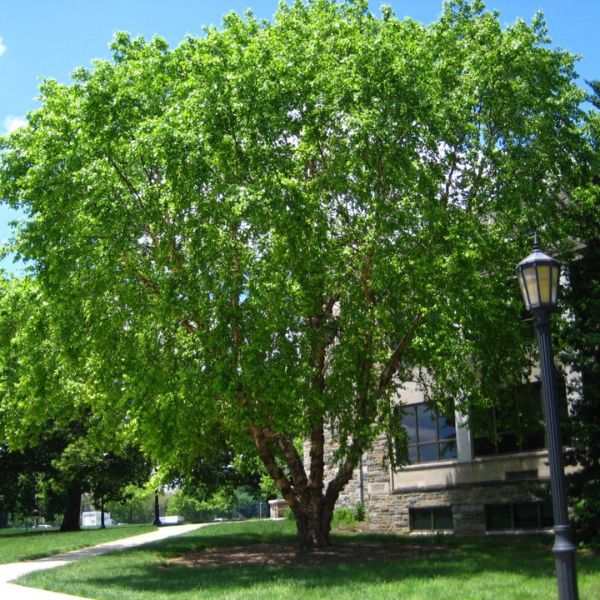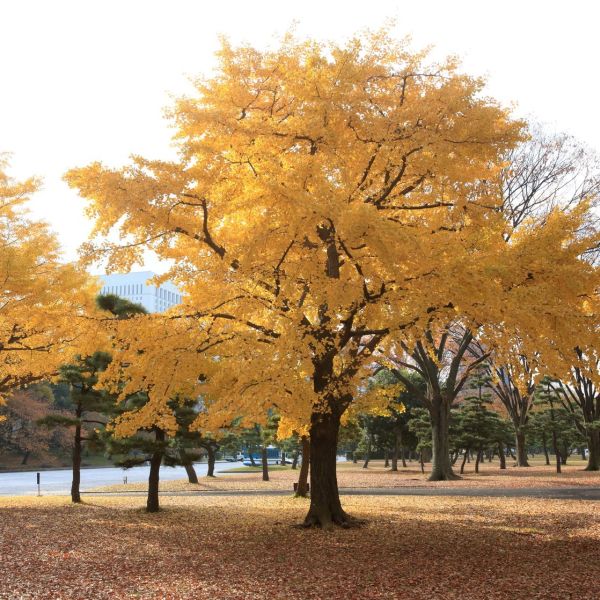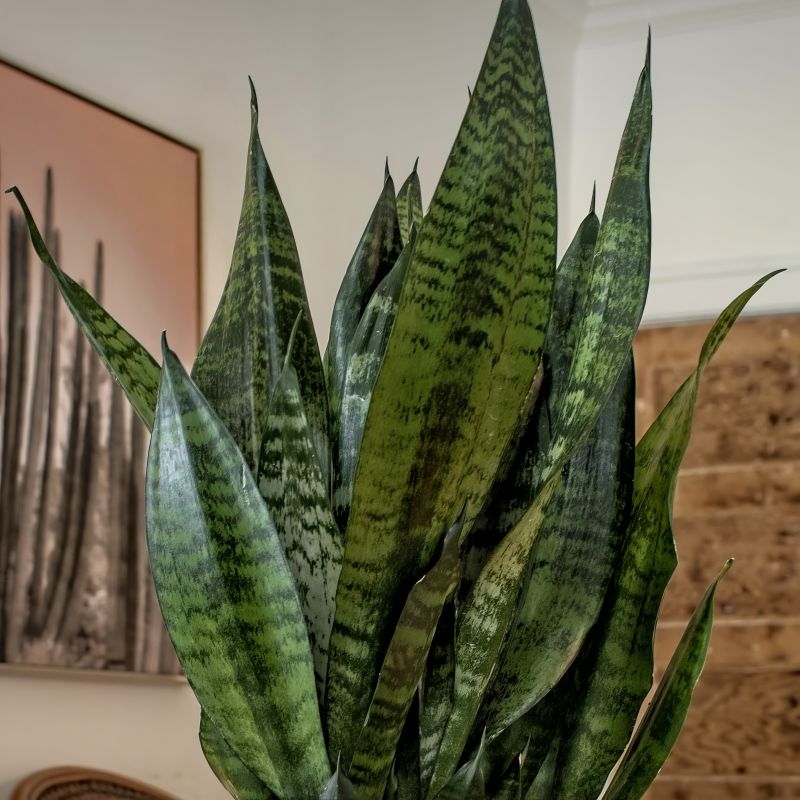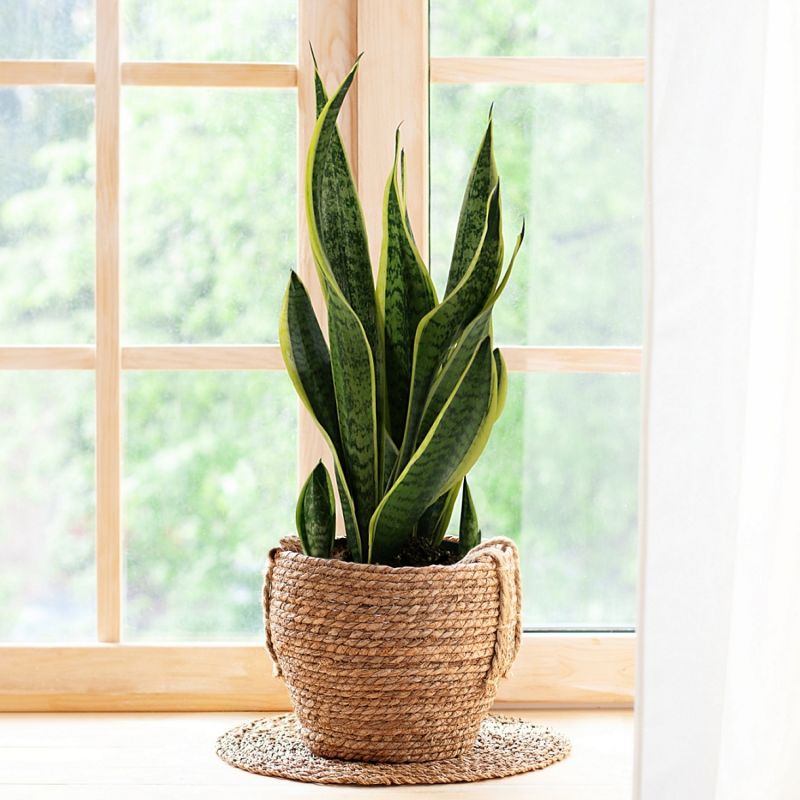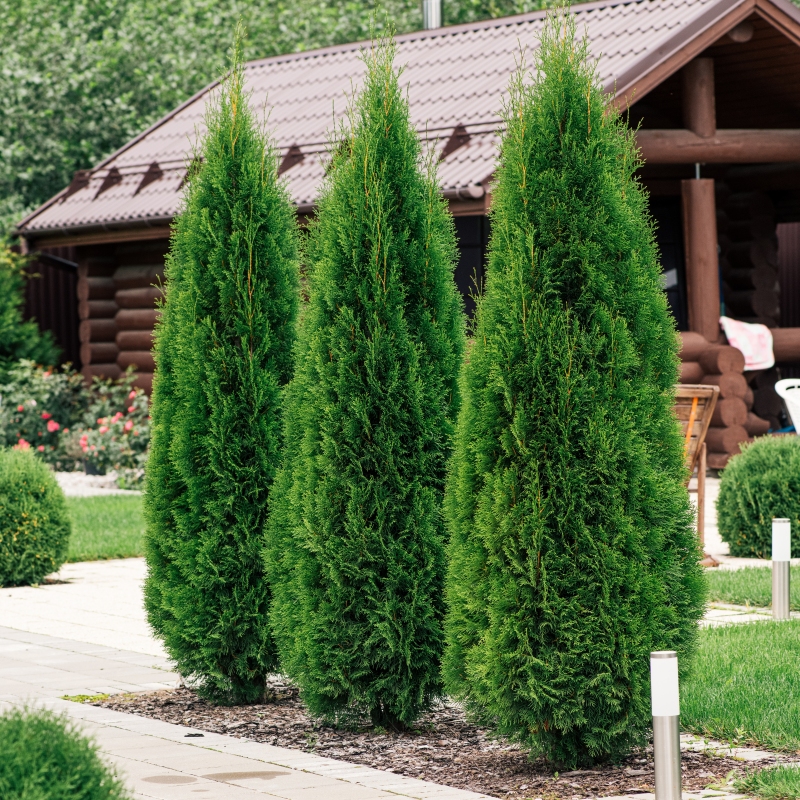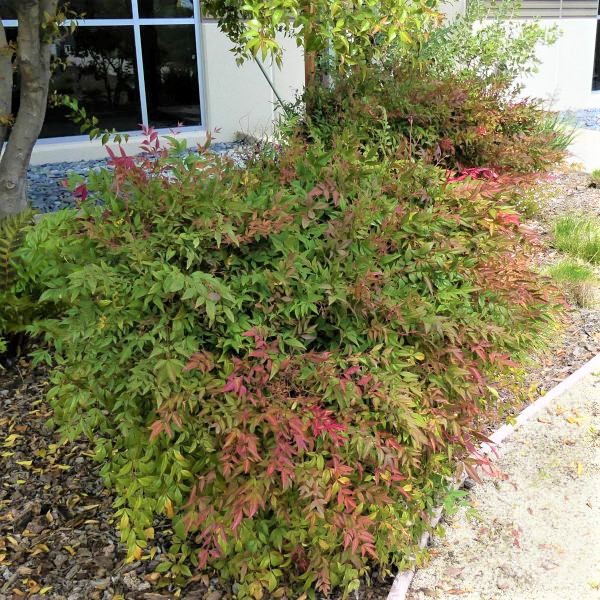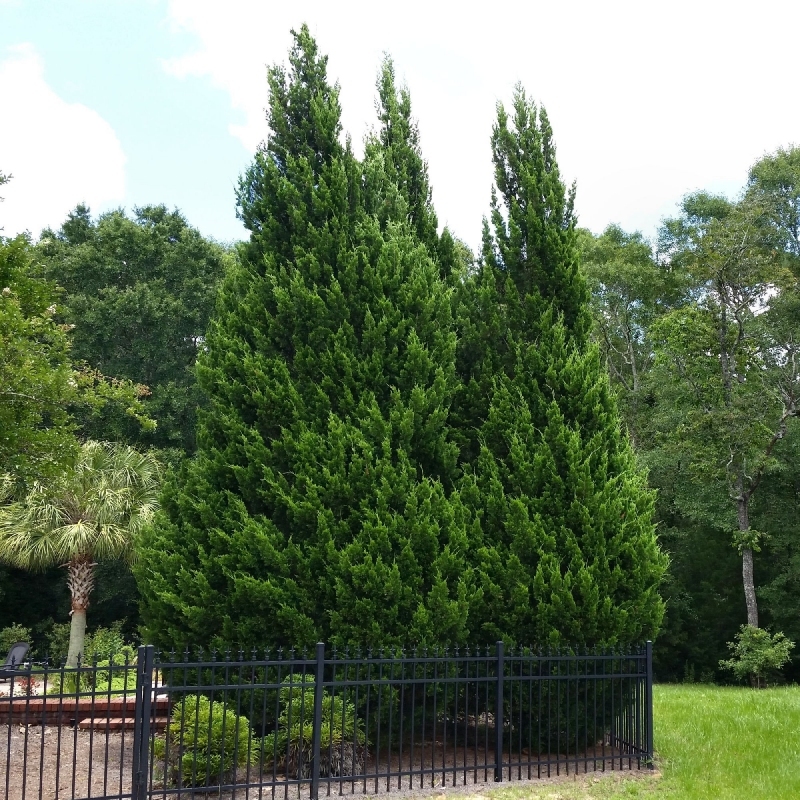

Willow Oak Tree
Quercus phellos
20 reviews


Willow Oak Tree
Quercus phellos
20 reviews
$128.00
$183.00
30% Off
- 3.5 Gallon
- 1 Gallon
We are sorry, product is currently out of stock due to seasonal availability. Please check the "Related plants available in your area" section below
Why Willow Oak Tree?
The Willow Oak tree (Quercus phellos) is highly valued for its ornamental appearance and for its timber. It is known for its slender, willow-like leaves and its attractive bark that often peels away in long strips. The tree grows relatively quickly and can tolerate a wide range of soil conditions, making it a popular choice for landscaping and street planting. Its hard, dense wood is prized for making furniture, flooring, and cabinets. The Willow Oak tree is also a favorite of wildlife, providing habitat an
Related plants available in your area
Sunlight
Willow Oak trees require full sun to thrive. They prefer to be exposed to direct sunlight for at least 6-8 hours a day.
Watering
Willow Oak trees require regular watering, especially during dry periods. The soil around the tree should be kept consistently moist but not waterlogged. Deep and infrequent watering is recommended to encourage deep root growth.
Fertilizing
Willow Oak trees require a balanced fertilizer with a nitrogen (N), phosphorus (P), and potassium (K) ratio of 10-10-10 or 14-14-14. They also benefit from additional organic matter, such as compost, to promote healthy growth.
Willow Oaks are stunning and majestic trees that are perfect for creating a natural focal point in any landscape. Willow oak trees fall under the red oak group but stand distinct in several ways. It doesn't have the group's characteristic lobed leaves, but rather narrow, willow leaves. And unlike other red oaks, it has a lovely, fine texture.
The Willow Oak Tree can be grown in a container, making it easy to move and perfect for small gardens and patios. However, the willow oak tree is deciduous and a fast-growing oak. Willow oak grows up to 40-70 feet tall. It does have a fibrous root system, making it quite easy to move still!
This tree boasts attractive foliage that is light green in the summer and turns a stunning fall color of yellow-brown, providing year-round beauty.
The Willow Oak Tree is also known for its strong, durable wood and its resistance to pests and diseases.
It's one of the most popular trees to cultivate because of those reasons; it grows rapidly, adapts to many conditions, is drought tolerant, and is generally low maintenance. It thrives best in full sun in tropical and temperate climates, making it a very popular choice in the Southern United States.
The Willow Oak Tree only requires acid soil and prefers clay soils but can adapt to many soil types, as long as they are decently well drained.
From shrubhub, you're sure your willow oak tree will arrive healthy and in the best state. With proper care, this tree can grow to be quite tall and make a statement in any space. It is a great choice for anyone looking to add a distinguished and stately tree to their outdoor space.
Plant Information:
| Botanical Name: | Quercus phellos |
| USDA Zones: | 5-9 |
| Water: | Low to Medium |
| Exposure: | Full Sun |
| Soil Needs: | Widely Adaptable |
| Mature Height: | 60 - 80 feet |
| Mature Spread: | 30 - 40 feet |






Pollination Info
FAQ
Willow Oak Tree (Quercus phellos) FAQ
General Information
What is a Willow Oak Tree?
A Willow Oak tree (Quercus phellos) is a large deciduous tree that is part of the red oak group. It is commonly found in eastern and southern United States and can grow up to 100 feet tall.
What are the physical characteristics of a Willow Oak Tree?
The Willow Oak tree has a slender, straight trunk and a broad, rounded crown with branches that grow in a horizontal pattern. The leaves are simple, narrow, and slender with a glossy green leaf color. The bark is dark gray and deeply furrowed.
What are the common uses of a Willow Oak Tree?
The Willow Oak Tree is commonly used as an ornamental tree in parks, gardens, and along streets. Its wood is also used for making furniture and as a source of fuel.
Growth and Care
How do you grow a Willow Oak Tree?
Willow Oak Trees should be planted in well-drained soil and in a location that receives full sun. The soil should be kept moist but not overly wet.
What type of climate does a Willow Oak Tree prefer?
A Willow Oak Tree prefers a humid and warm climate with moderate rainfall. It can tolerate cold winter temperatures and drought conditions.
How fast does a Willow Oak Tree grow?
A Willow Oak Tree can grow up to 2 feet per year when it is young. It typically grows slower as it gets older.
How do you prune a Willow Oak Tree?
A Willow Oak Tree should be pruned in the dormant season to remove any dead or damaged branches. It is not recommended to prune more than 25% of the tree in any given year.
What diseases affect a Willow Oak Tree?
A Willow Oak Tree is susceptible to a variety of diseases including oak wilt, cankers, and root rot. It is important to regularly inspect the tree for any signs of disease and to promptly treat any issues detected.
Additional Information
What is the symbolism of a Willow Oak Tree?
The Willow Oak Tree is commonly associated with strength, wisdom, and endurance. It is also a symbol of protection and stability.
What are some fun facts about a Willow Oak Tree?
- The Willow Oak Tree is the state tree of Georgia and the national tree of Latvia.
- It is a popular choice for bonsai due to its small leaves and slender branches.
- The acorns of a Willow Oak Tree are a food source for a variety of wildlife including squirrels, deer, and birds.
Planting & Care
Planting & Care for Willow Oak Tree (Quercus phellos)
The Willow Oak tree is a popular choice for its beautiful foliage and shade-providing capabilities. Here are some tips for planting and caring for your Willow Oak:
Planting
- Choose a location with well-draining soil and full sun to partial shade.
- Dig a hole that is twice as wide and the same depth as the root ball.
- Place the tree in the hole and backfill with soil, tamping it down as you go to remove any air pockets.
- Add a layer of mulch around the base of the tree to help retain moisture.
- Water deeply immediately after planting and regularly during the first year.
Care
- Water your Willow Oak tree deeply once a week, especially during dry spells.
- Prune in late winter or early spring to remove any damaged or dead branches.
- Fertilize once a year in the early spring with a slow-release fertilizer.
- Monitor for signs of pests and disease, such as leaf spot or oak wilt.
- Provide support if needed with a sturdy stake or tie until the tree is established.
With proper planting and care, your Willow Oak tree can provide years of shade and beauty to your yard.
Check Out These Verified Customer Reviews:
Customer Reviews
4.7 out of 5 based on 20 reviews
Thank you! Your review has been submitted.
Tree arrived in perfect shape.
I was pleased with the Willow Oak Tree I ordered. It looked exactly like the picture and was of good quality. The shipping was fast and the customer service was helpful when I had a question.
The tree is thriving in my yard and I couldn't be happier with my purchase.
Item has been added to your cart.



